Gastronomy Plitvice lakes
Gastronomy and culinary tourism offer a delicious way to explore culture, tradition, and local flavors. Discover unforgettable food experiences through wine tastings, cooking classes, street food tours, and gourmet dining.
Our platform allows you to easily book gastronomic experiences online, with verified hosts and real-time availability. Whether you're looking for authentic cooking workshops or luxury food and wine pairings, you'll find something to satisfy your taste.
Gastronomic tourism brings travelers closer to the heart of a destination — its food heritage. Enjoy farm-to-table meals, visit traditional markets, or take part in chef-led tours that reveal culinary secrets passed down through generations.
Compare reviews, check availability, and reserve your spot for the next food and wine experience. Indulge in your passion for food and turn every bite into a cultural adventure!
Gastronomy Plitvice lakes FAQ
The National Park Plitvice lakes was declared a national park in 1949 and it is one of the oldest and largest national parks in Croatia as well as under the rotection of UNESCO since 1979.
It is located in between Male Kapele and Pljesevice in Lika. Plitvice lakes are a unique natural phenomenon- 16 picturesques lakes which are connected by a number of cascading waterfalls. These lakes are divided on the upper (12) and the lower (4) lakes. The highest lake is Proscansko at 639m and the lowest is Novakovica Brod at 503m. The Upper lakes are surrounded by lush woods and connected to one another by a number of waterfalls, the lower lakes are smaller, shallower and surrounded by lesser vegetation. The lake water, after the Sastavci falls in the lower lakes, pours into the River Korana which the Plitvice stream also flows into, falling from a height of 76m.
The climate is mountainous and the best time to visit the Park is in the summer months, although the winter months are provide the magnificent picture of frozen...
Tourist offers Plitvice lakes
Gastronomy Plitvice lakes
Health Tourism Plitvice lakes
Active Tourism Plitvice lakes
Culture Tourism Plitvice lakes
Nightlife Plitvice lakes
Transfers Plitvice lakes
Events and entertainment Plitvice lakes
Excursions Plitvice lakes
Hotels in Plitvice lakes
Private accommodations in Plitvice lakes
Tourist resorts in Plitvice lakes
Holiday houses in Plitvice lakes
Villas with Pool in Plitvice lakes
Camps, mobile homes in Plitvice lakes
Boat rental in Plitvice lakes
Farm holidays in Plitvice lakes
Hostel in Plitvice lakes
Gastronomy Plitvice lakes Offer
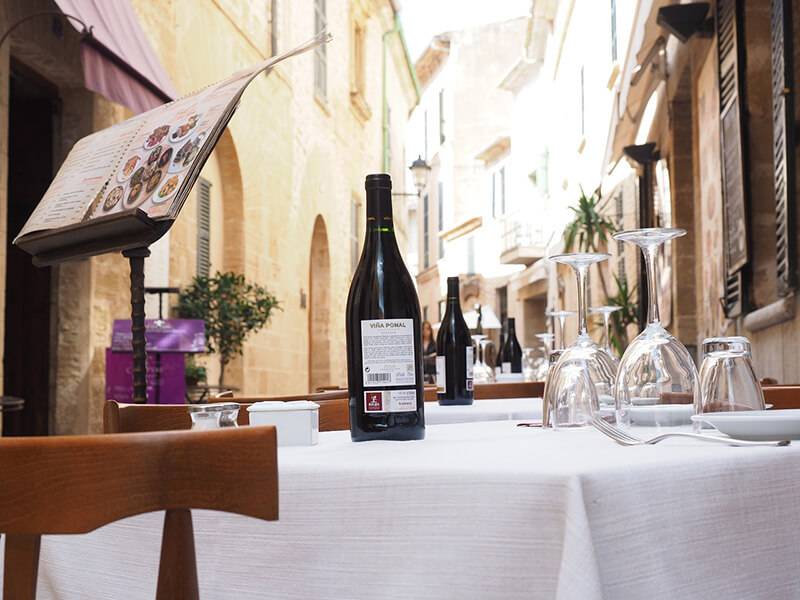
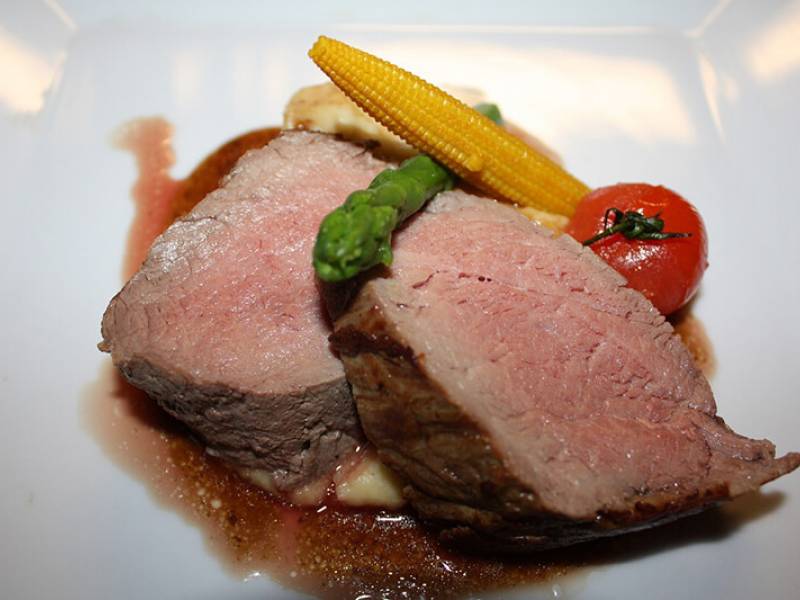

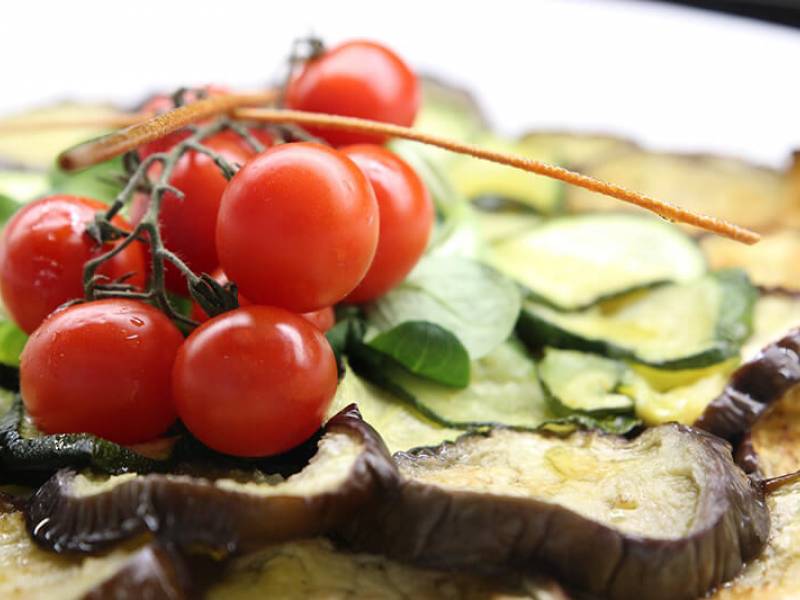

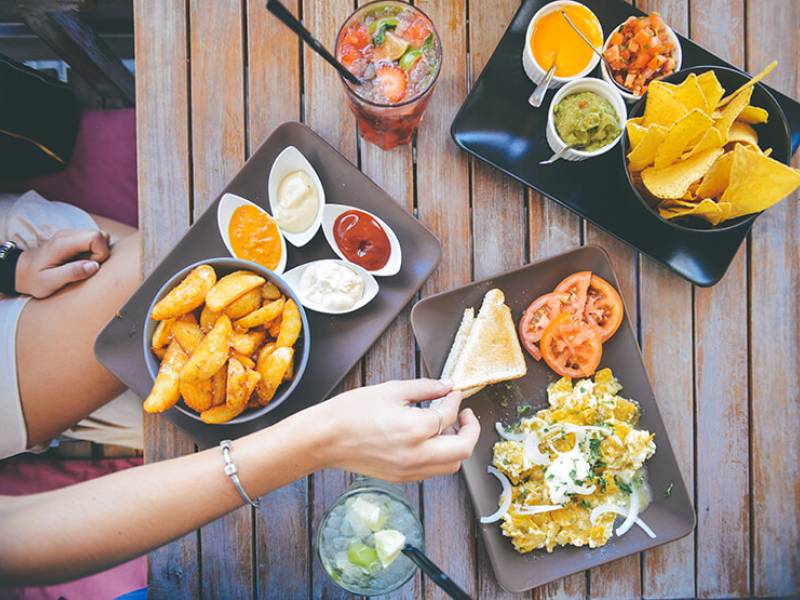
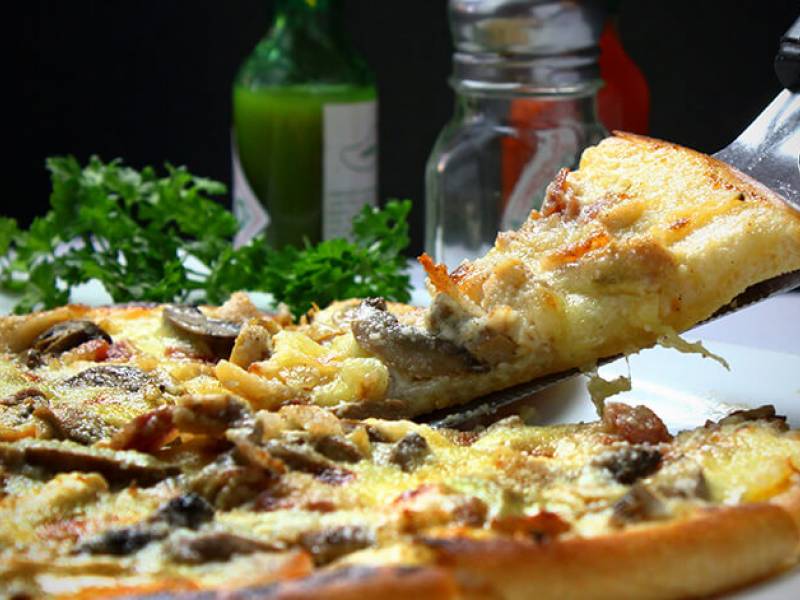
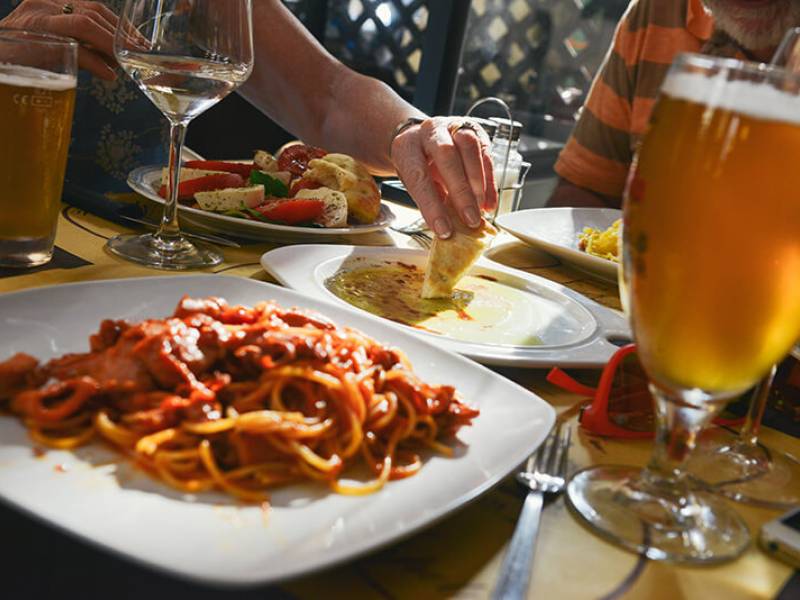
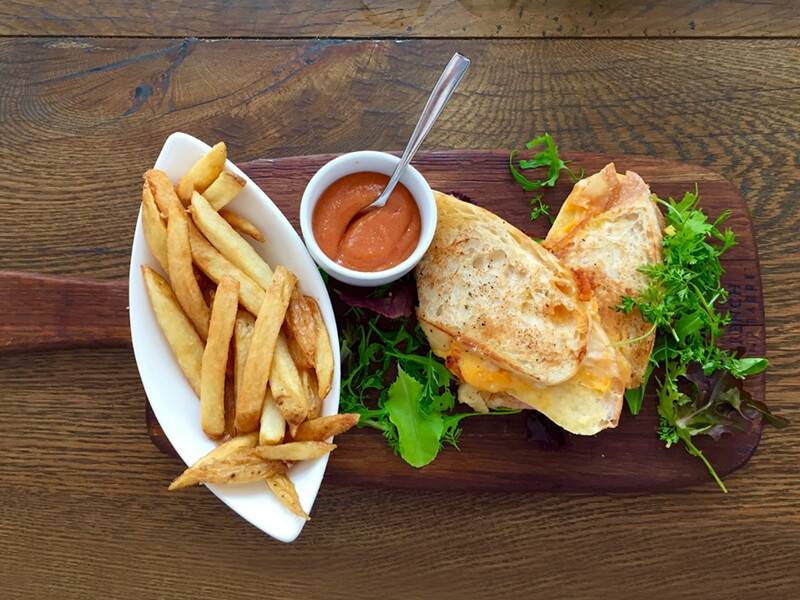
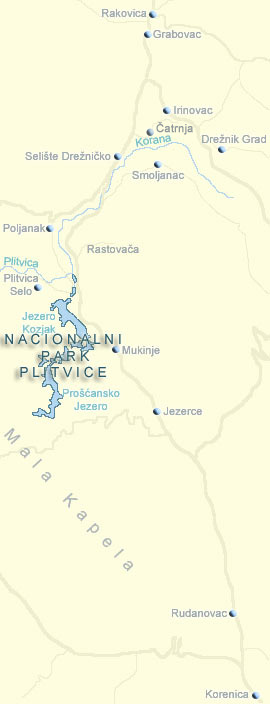








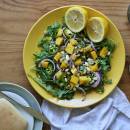














 Professional serivce
Professional serivce Quality tourist service
Quality tourist service 14 years in business
14 years in business A large number of satisfied guests
A large number of satisfied guests